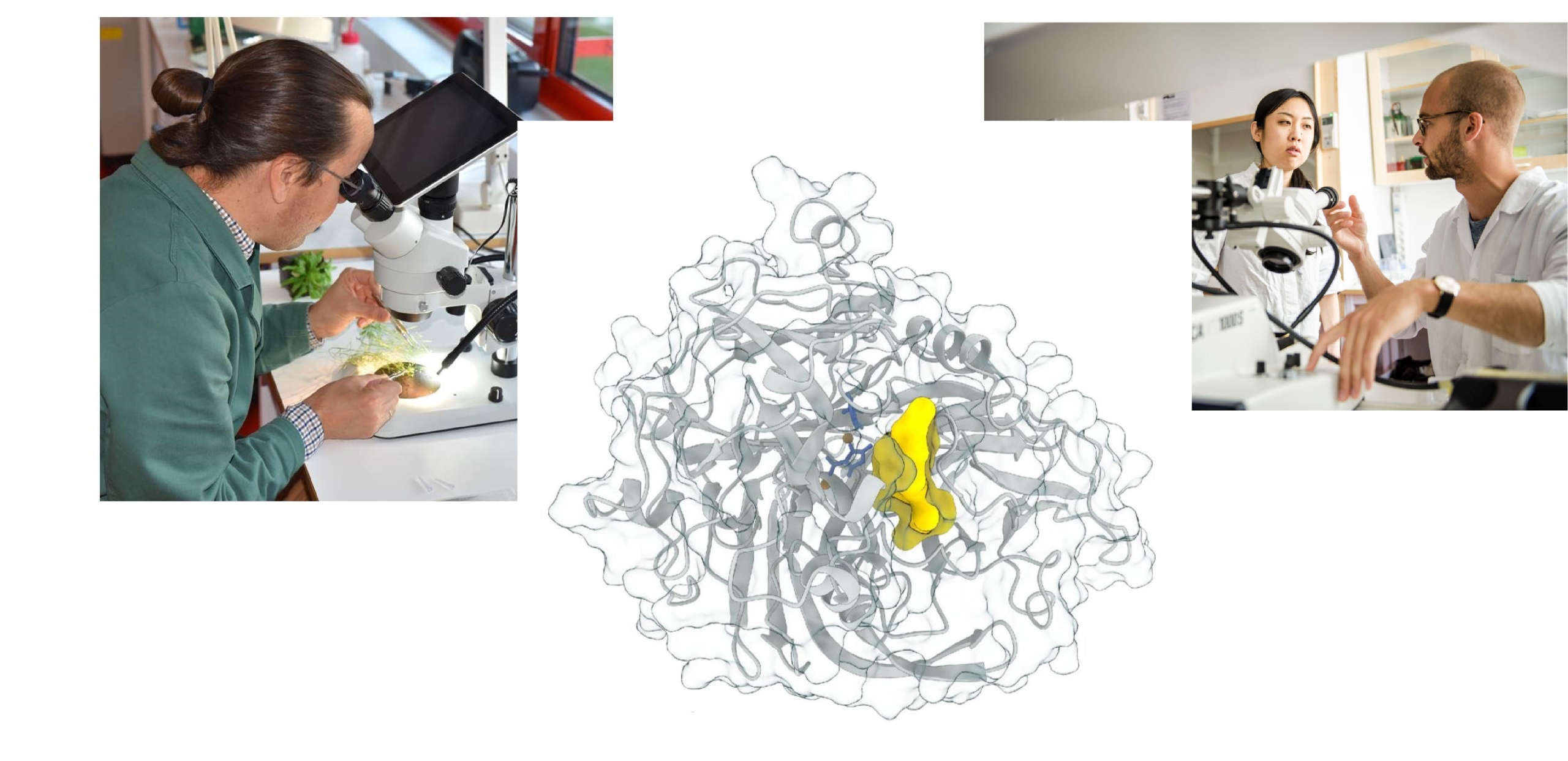Researchers to Map Composition of Green Algae, Pave Way for Biotechnology Breakthroughs
Bio4Energy’s research team dedicated to creating applications from green algae have won funds to investigate the composition of cell walls in microalgae. These are microscopic algae that are not visible to the unaided eye, used to produce algal biomass for use in biotechnology applications.
Christiane Funk and students at Umeå University, Sweden hope to develop much needed information on the mechanisms that govern buildup and breakdown of the cell wall in these Chlorophyta algae, with the aim of allowing researchers worldwide more easily to design biotechnology applications that are cost and energy efficient.
Last week, national funder Swedish Research Council – VR announced its decision to support a four-year project.
The researchers aim to find out which enzymes are involved in making the cell wall mouldable and the way in which this plasticity enables – or could enable – the green algae to cope with environmental stressors. They also aim to map the transport of carbon, which is known to fluctuate, inside the cell.
With this knowledge in hand, they want to look into ways to manipulate the cell wall for better outcomes in the design of biotechnology applications.
“This proposal aims to address a critical gap in research, by investigating the biosynthesis and modification of the cell wall of Chlorophyta microalgae. We will gain insights into the molecular mechanisms underlying the microalgal cell wall, its plasticity and perception of the environment”.
“Despite their promise as a sustainable feedstock for biotechnological applications, the use of microalgae has been hindered by high monetary and energy costs associated with the processing steps that follow cultivation, particularly the harvesting of algal biomass and extraction of valuable compounds”, Funk and colleagues wrote in their project application;
“This proposal aims to address this critical gap in research, by investigating the biosynthesis and modification of the cell wall of Chlorophyta microalgae. We will gain insights into the molecular mechanisms underlying the microalgal cell wall, its plasticity and perception of the environment”.
Over the last decade, Bio4Energy’s research teams studying microalgae have worked diligently to lay a foundation for production, scale up and demonstration of algal biomass for use in consumer products and as an agent in water purification in industrial facilities.
The two teams focus on green and blue-green microalgae, respectively. Francesco Gentili and colleagues, Swedish University of Agricultural Sciences, run development facilities in collaboration with regional energy utility Umeå Energi, at Dåva just off Umeå, in northern Sweden.
Project title: Not Just Another Brick in the Wall – Advancing Microalgal Biotechnology through Cell Wall Research
Project leader: Christiane Funk, Bio4Energy Biopolymers and Biochemical Conversion Technologies – Affiliation with Umeå University
Duration: 2025 – 2028
Related projects
Waste2Plastic – Production of bioplastic from algal biomass generated from wastewater – Bio4Energy
Related news
Sweden’s Bioeconomy Arena to Open by Early 2025: Bio4Energy Researchers Stopped by – Bio4Energy
Breakthrough Innovation: Hydrogels from Norwegian Kelp to Be Commercialised – Bio4Energy


 Stockholm University/Edouard Pesquet
Stockholm University/Edouard Pesquet Stockholm University
Stockholm University



